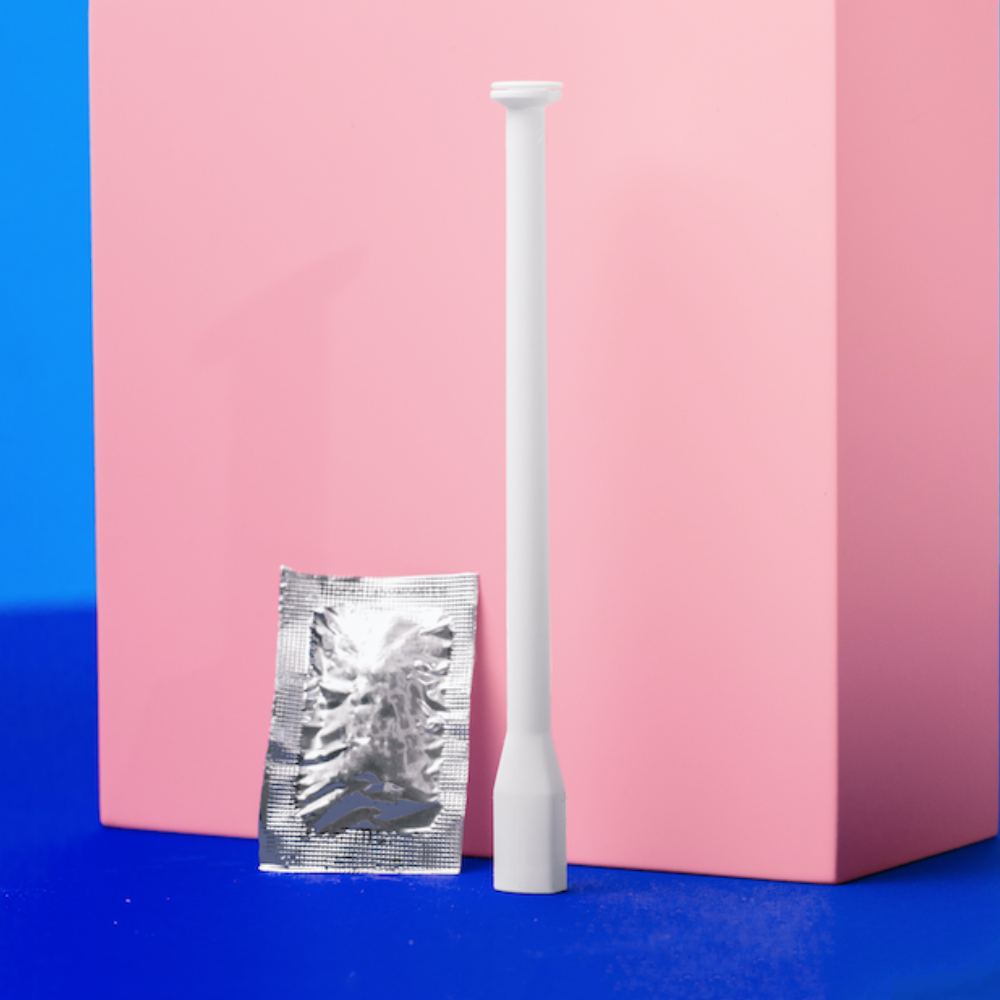Witch Marks and The Demonisation of Medieval Women
Talk about impossible body standards. For centuries, women’s bodies have been scrutinised for imperfections - with especially dangerous consequences in Medieval England. At the time, witchcraft, and the (mostly) women who were believed to practice the art, was primarily blamed for everything from bad weather, the failings of crops, sickness and even sexual dysfunction.* With deep suspicion of devilish practices at every level of society, a dark practice emerged which often turned women’s bodies into their own death warrant. Alongside the demonising of women who were elderly, outspoken or learned, women were often accused of witchcraft based purely on their physical appearance and bodily features.
Witch Marks and The Criminalisation of Women’s Bodies
One way officials, and people, of the time ‘identified’ witches in their community was via witch marks, or devil marks. Not to be confused with marks scratched or carved into stone or woodwork to ward off witches, witch marks were marks on the body deemed to indicate that an individual was a witch. Christina Hole’s seminal 1977 guide, Witchcraft in England, details ‘old scars, cysts, moles, warts or natural excrescences’ were given a diabolical meaning, and any ‘unusual swelling or protuberance was thought to provide evidence of the feeding of familiars’.
These swellings could include skin tags, birthmarks or supernumerary (extra) nipples anywhere on the body, and were believed to be ‘teats’ used by the witch’s familiar/s. Christina Hole’s seminal 1977 guide, Witchcraft in England, details devilish imps who appeared in the form of small animals, including ferrets, moles, mice and rabbits. (Side note: we have a particular soft spot for one documented familiar, an infernal little white lamb supposedly nicknamed “Suckin”). These creatures were believed to enact mischief or harm for a witch in exchange for the reward of drops of blood suckled straight from her body. The finding of such supposed proof of unhallowed behaviour on an accused witch was one way to increase the chances of conviction.
Hole details that the pursuit of witch marks on accused women involved deeply humiliating public examinations by male officials as: 'these Devil marks be insensible, and being pricked will not bleed, and often in their secretest parts and there require diligent and careful search.’
These examinations often involved being stripped and examined publically, a deeply violating and humiliating experience for the women accused. In the medieval age, with rudimentary contraception, it is not a stretch to consider the potential impact of sexually transmitted infections, too. Without ready access to antibiotics, visible and unsightly STI symptoms such as genital warts would certainly be taken as witch marks.
The use of women's bodies as evidence of witchcraft is a clear example of how patriarchal society sought to control and punish women. By labelling women as witches, partly based on their physical appearance, authorities were able to justify their persecution and maintain power over our bodies and lives. Whilst in contemporary society, Halloween is an opportunity to dress up and have fun, it’s also a moment for us to remember the women persecuted and punished, with their bodies used as evidence of mysterious misdeeds. Feeling curious about the persecution of medieval women for witchcraft?
- Read: Witchcraft in England - Christina Hole
- Read: Witches: James I and the English Witch Hunts - Tracy Boorman
- Watch: Suranne Jones - Investigating Witch Trials
- Visit: The Museum of Witchcraft and Magic, Boscastle, UK
-
Listen: Goblin, a band playing folk music of the British Isles
Want more?
- It’s another cultural hot take. Explore our deep dive into pregnancy, sex and punishment in the Gilmore Girls.
- Rising syphilis cases is a public health crisis in the USA. Learn more.






















